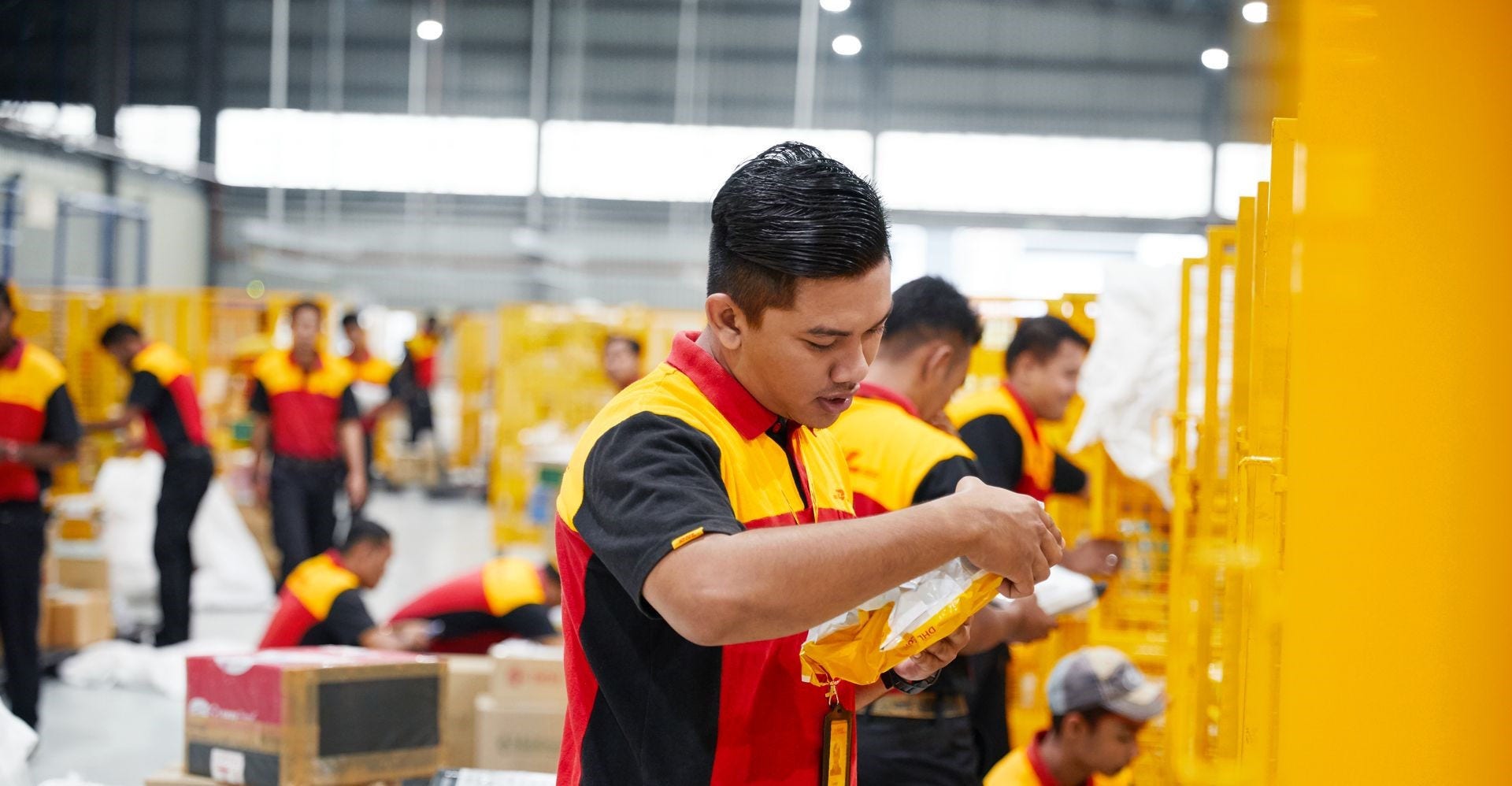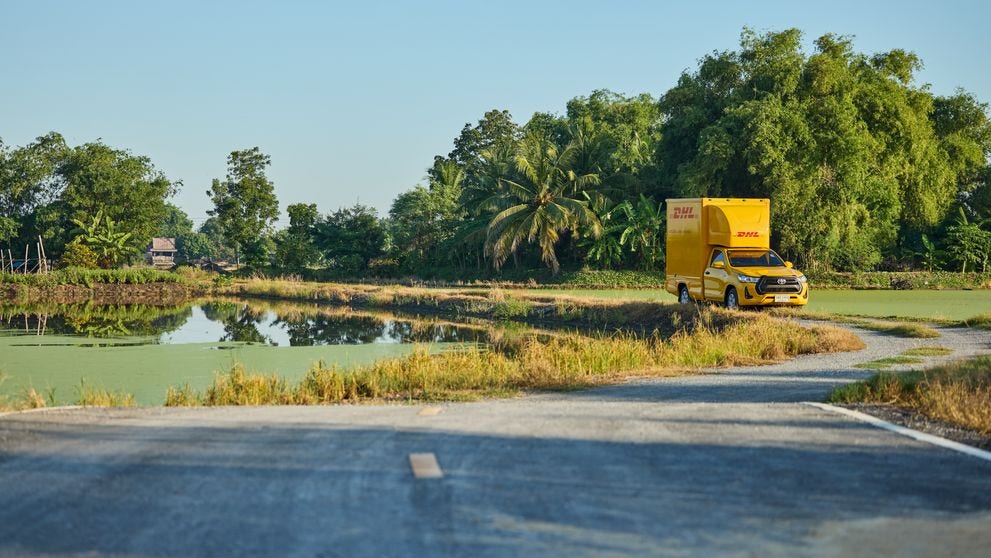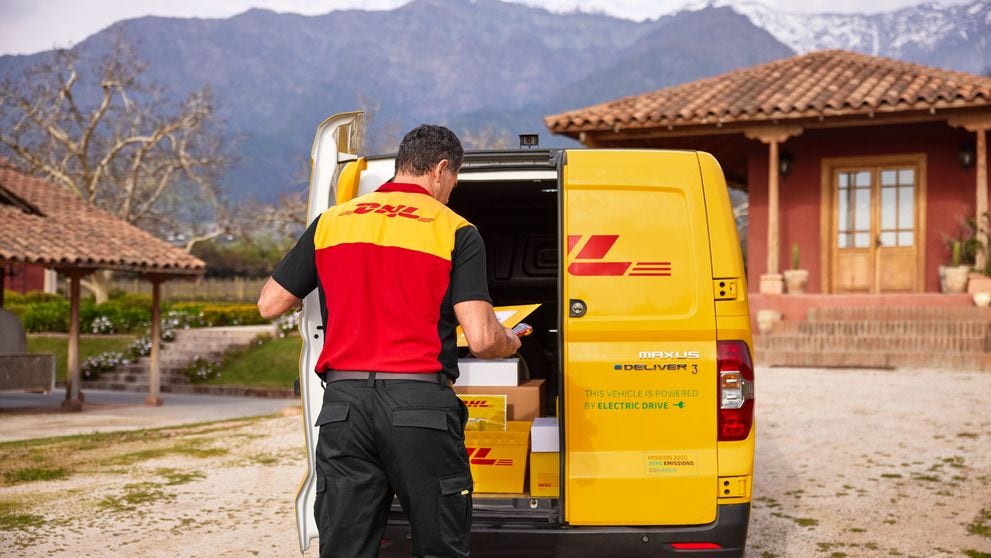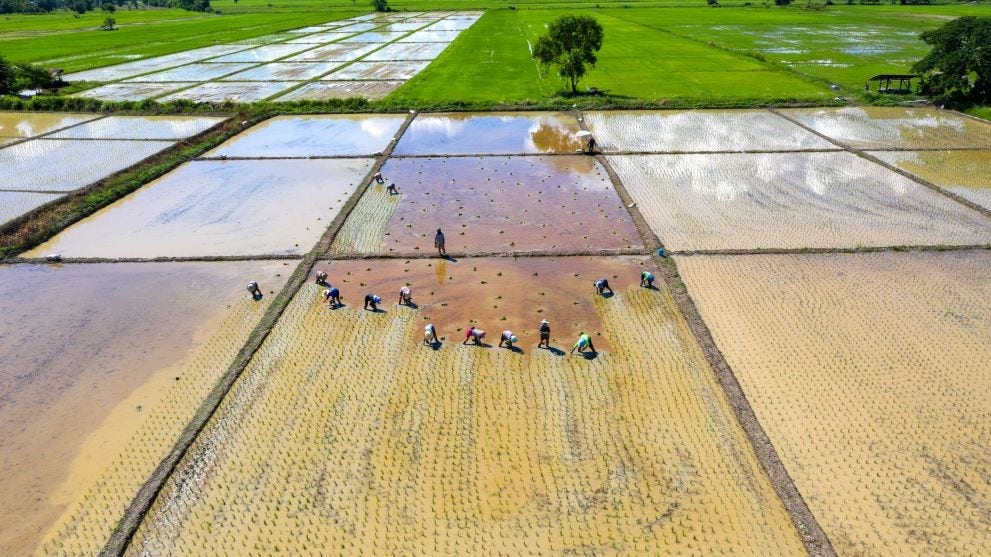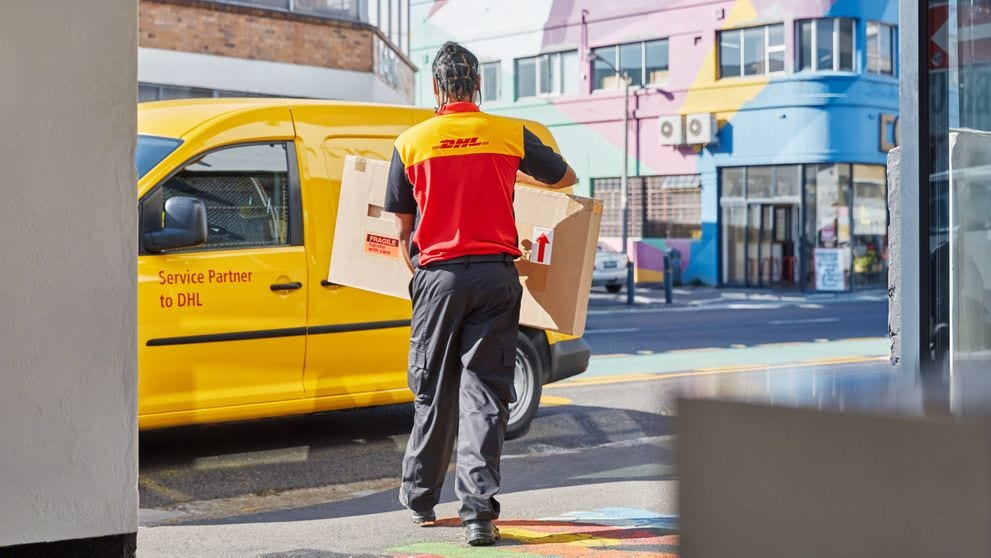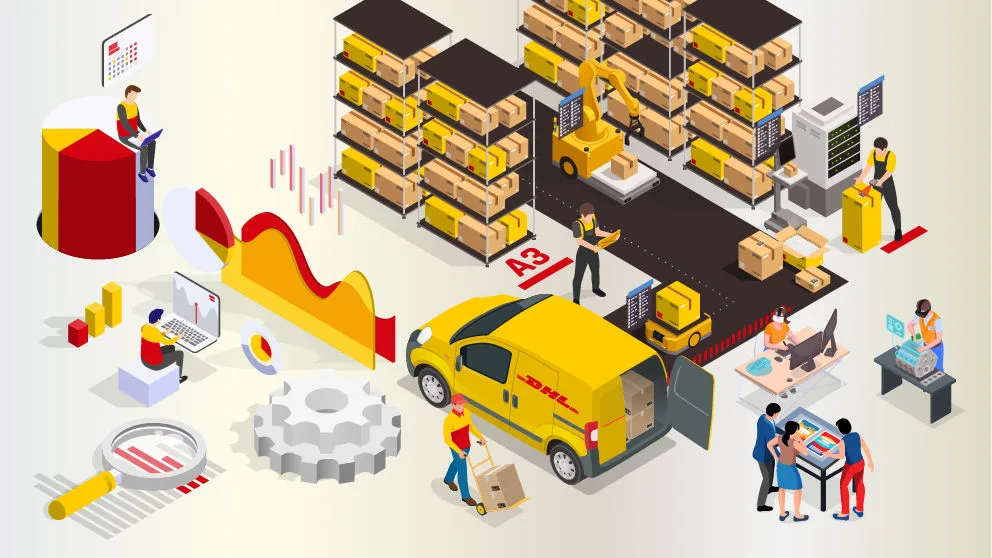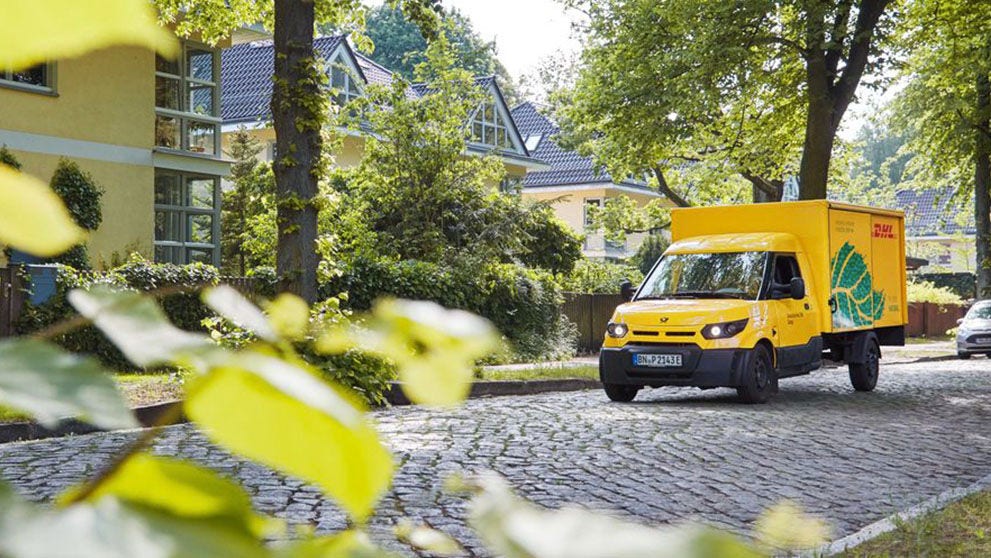The logistics landscape is experiencing dynamic shifts driven by technological innovation, sustainability demands, and generational consumer expectations. To navigate this ever-changing landscape and capitalize on the new and emerging market opportunities in Southeast Asia, businesses need to understand both generational preferences and regional variations. By tailoring their logistics strategies to these factors, businesses can gain an advantage and set themselves up for operational efficiency and success in the future.
This article explores key logistics trends and supply chain insights shaping the year ahead and how DHL Express can help your business adapt and thrive in today’s logistics industry.
Key logistics trends by country
Southeast Asia is a dense region with a rapidly growing economy and e-commerce market. As businesses expand their operations in this region, they need to be aware of the following key logistics trends:
Cambodia
Cambodia's logistics landscape is rapidly transforming due to e-commerce growth and evolving consumer expectations. Staying competitive requires understanding the logistics trends shaping the nation:
1. Rise of social commerce
Social media platforms like Meta (Facebook) and Instagram are becoming increasingly important for e-commerce in Cambodia as these platforms serve as the main source of information for local consumers. The Consumer Report 2023 published by Standard Insights in collaboration with Confluences highlighted that more than a quarter of Cambodians (29.97%) reportedly shopped online multiple times monthly. Therefore, businesses need to integrate their logistics with these platforms to enable seamless customer purchasing and delivery.
2. Focus on last-mile delivery solutions
As e-commerce grows, efficient and cost-effective last-mile delivery becomes crucial. This increasing demand for fast and reliable delivery has encouraged more local businesses to explore innovative solutions like drone delivery, micro-fulfillment centers, and partnerships with local delivery providers to optimize this final leg of the journey.
3. Growing demand for cross-border e-commerce
Cambodian consumers are increasingly purchasing goods from neighboring countries. Therefore, businesses must adapt their logistics to facilitate smooth cross-border transactions and deliveries, navigating customs regulations and optimizing for speed and efficiency.
Thailand
Thailand's logistics sector is experiencing significant growth and transformation, driven by government initiatives, technological advancements, and evolving consumer expectations. Here are the main trends to look out for:
1. Green logistics initiatives
Thailand is pushing for greener logistics through government incentives and regulations. This trend is driven by consumer demand for sustainable products and services, as well as government efforts to reduce carbon emissions. In November 2022, the government announced more ambitious climate targets as part of their Bio-Circular-Green (BCG) model to accelerate these efforts. This has encouraged businesses involved in shipping to Thailand to adopt alternative fuels, optimize delivery routes to reduce mileage and implement carbon offsetting programs to minimize their environmental impact.
2. Hyperlocal delivery services
The demand for quick and flexible delivery is driving the growth of hyperlocal delivery services in Thailand. A recent survey found that 74% of Thai online shoppers say that next-day delivery is important, highlighting the need for speed and convenience. This encourages businesses to partner with on-demand delivery platforms and utilize micro-fulfillment centers to offer same-day or even hour-long delivery options in urban areas.
Vietnam
Vietnam's logistics sector is booming due to its prominence as a manufacturing hub and e-commerce demands. Navigating this evolving environment requires staying informed about the future of the logistics industry:
1. Manufacturing hub
Vietnam's manufacturing sector is projected to reach a remarkable US$108.7 billion by 2025. Enhanced by government tax incentives and trade agreements like the Comprehensive and Progressive Agreement for Trans-Pacific Partnership (CPTPP) and the EU-Vietnam Free Trade Agreement (EVFTA), Vietnam is becoming an increasingly attractive manufacturing hub for global enterprises.
This surge in manufacturing activity necessitates robust logistics solutions to support the efficient movement of goods. Therefore, businesses need to optimize their supply chains to efficiently manage the flow of raw materials and finished goods. This involves implementing efficient inventory management systems, leveraging advanced transportation technologies, and partnering with reliable logistics providers.
2. Multimodal transportation solutions
To overcome limitations in infrastructure and optimize delivery routes, businesses shipping to Vietnam are increasingly adopting multimodal transportation solutions. This involves combining different modes of transport, such as road, rail, and waterways, to create efficient and cost-effective logistics networks.
3. Growth of fulfillment centers
According to Statista, the e-commerce market in Vietnam is expected to reach US$23.65 billion by 2029, driven by the increasing adoption of online shopping by Vietnamese consumers. With the rise of e-commerce, fulfillment centers are playing a crucial role in Vietnam's logistics landscape. Businesses are establishing strategically located fulfillment centers to optimize storage, order processing, and last-mile delivery.
Singapore
Singapore leads in adopting cutting-edge logistics solutions. However, for businesses to optimize supply chains, they have to monitor the logistics trend radar and align their process with trends like:
1. Autonomous delivery systems
Singapore is at the forefront of testing and implementing autonomous delivery systems, including drones and self-driving vehicles. More local businesses are exploring these technologies to enhance efficiency, reduce labor costs, and offer innovative delivery solutions.
3. Advanced supply chain visibility
Businesses involved in overseas shipping to and from Singapore are leveraging real-time data analytics and AI-powered platforms to gain end-to-end visibility across their supply chains. This enables proactive risk management, optimized inventory control, and improved decision-making.

